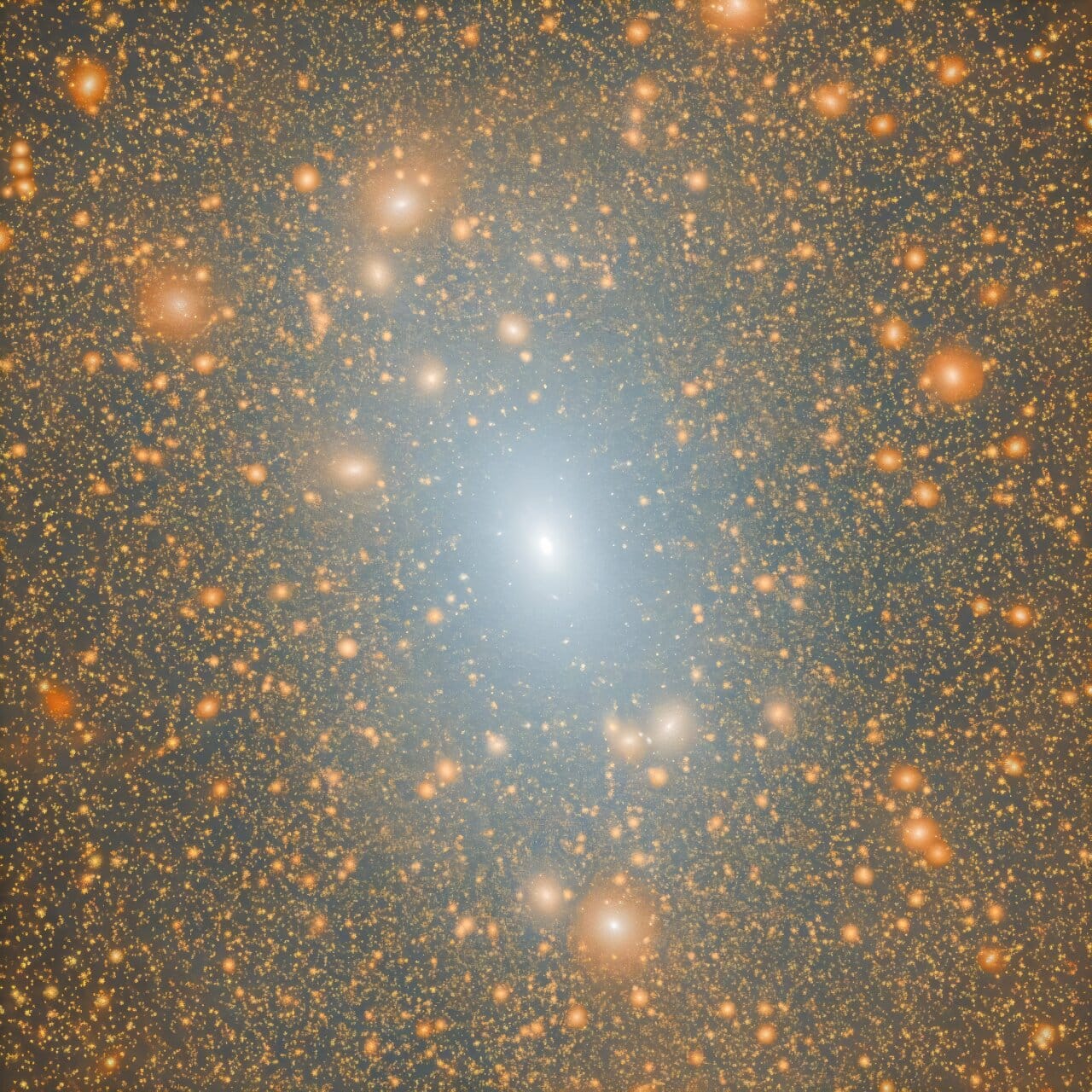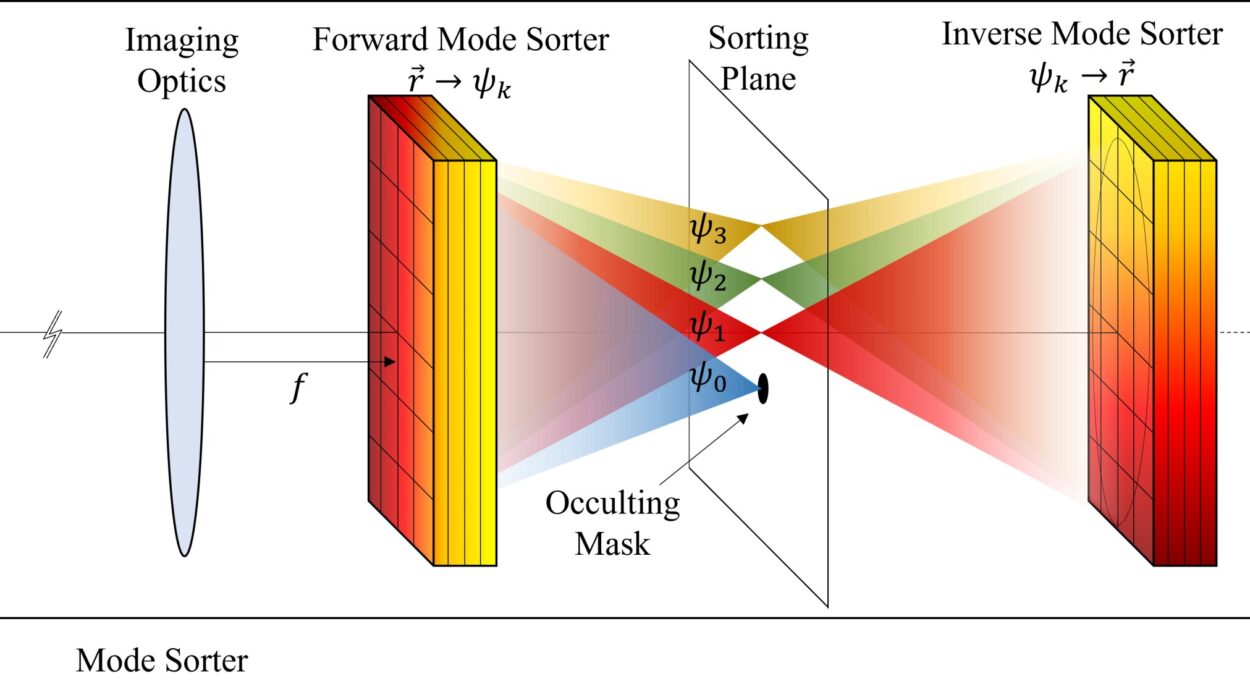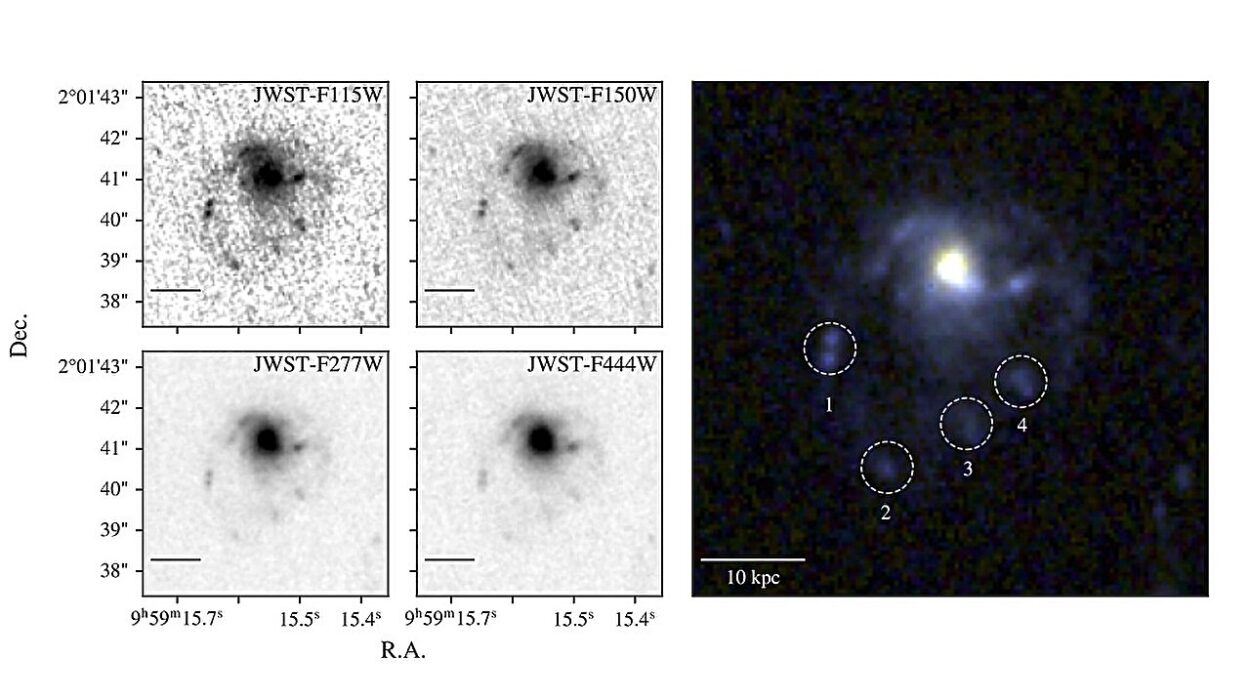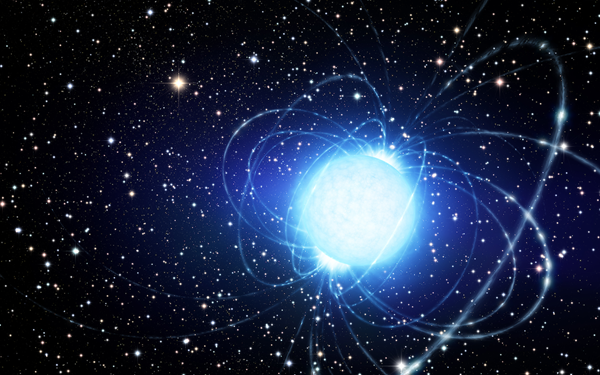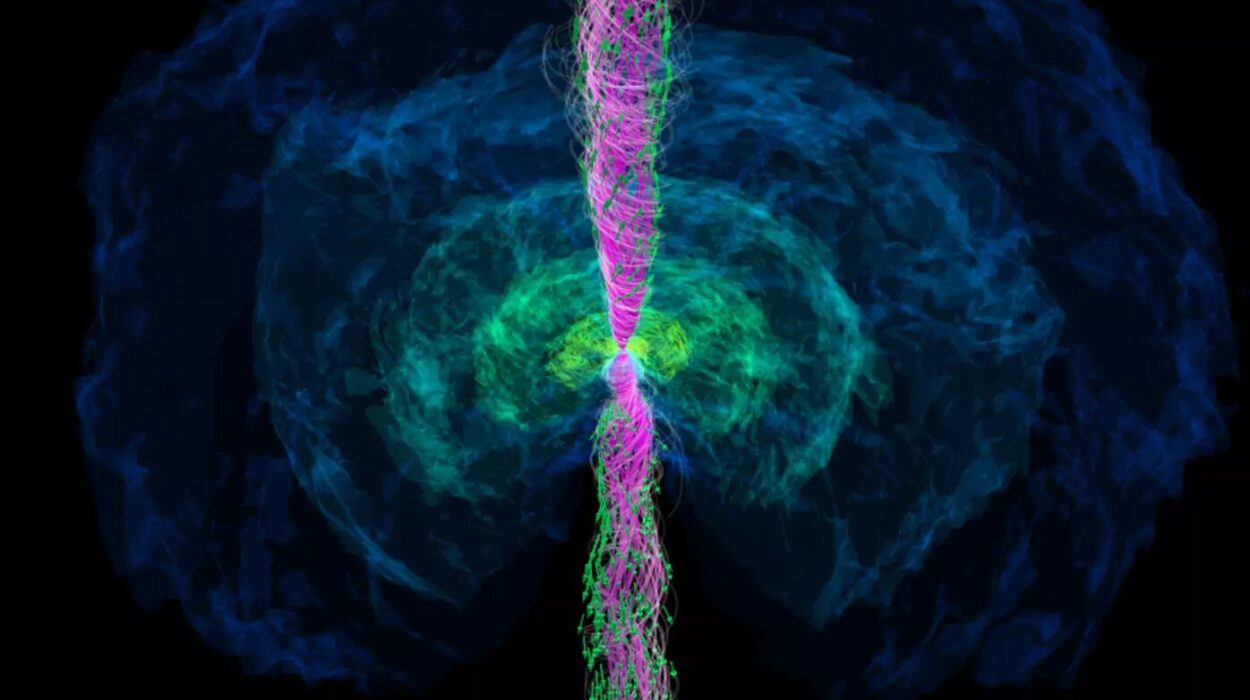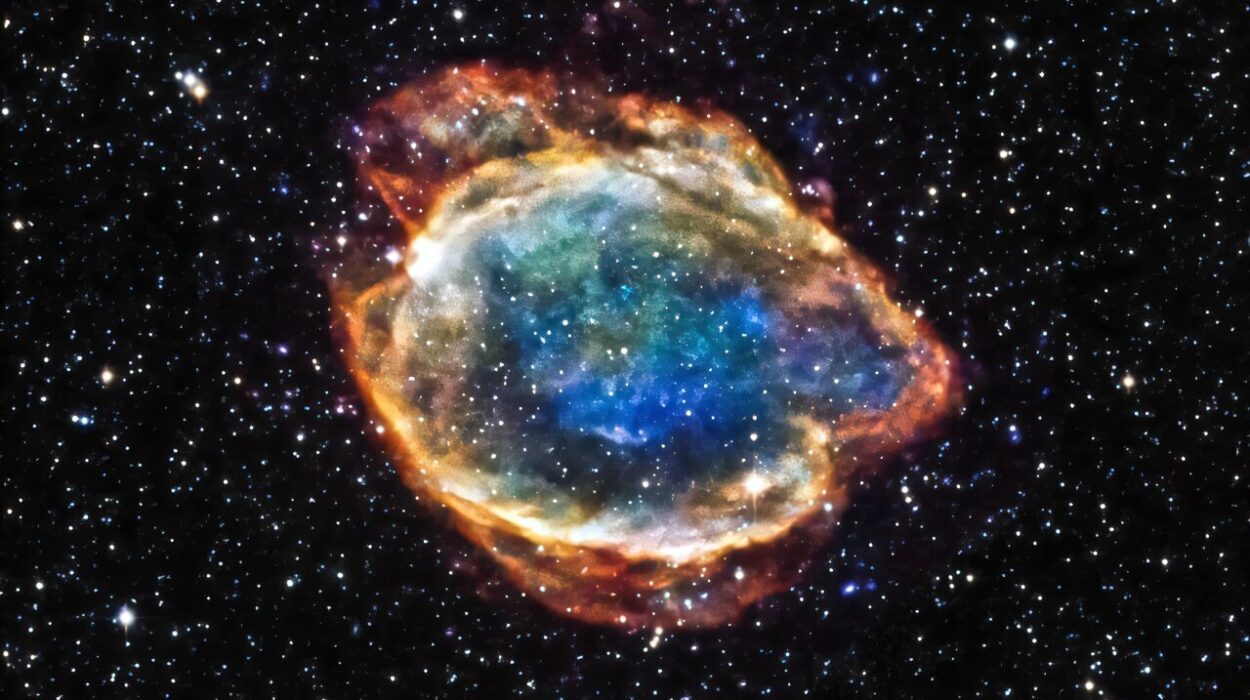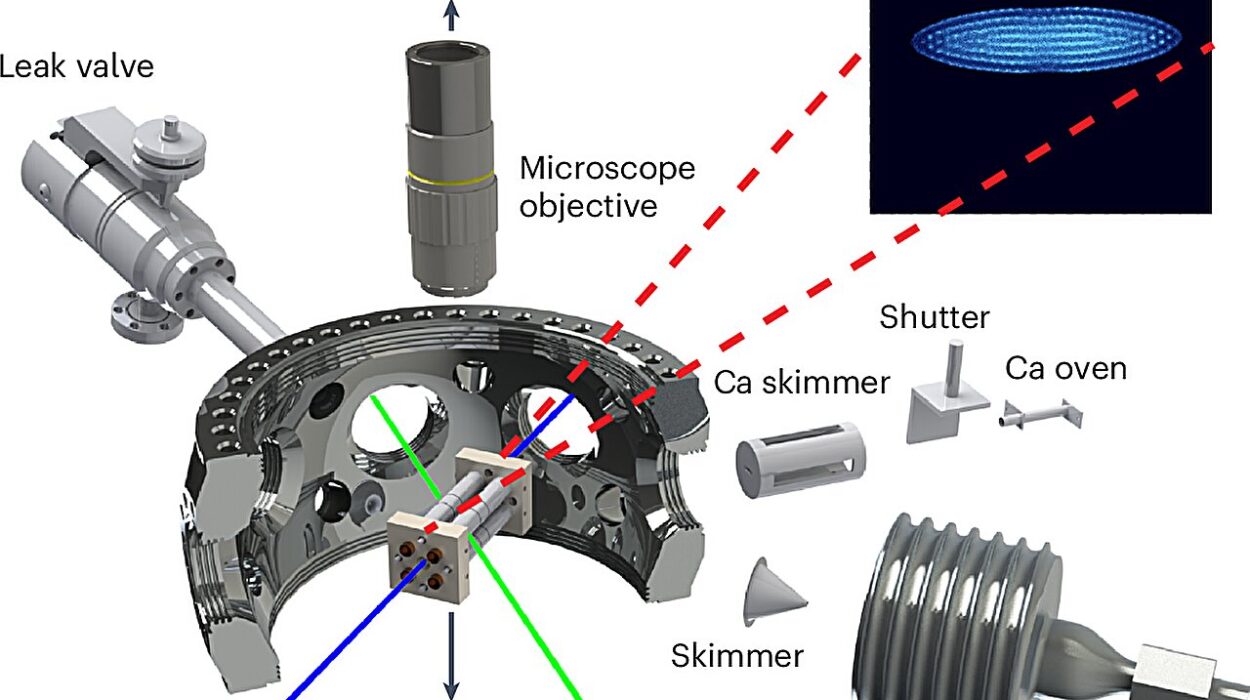The Milky Way is home to a complex network of stars, planets, and cosmic mysteries, one of the most intriguing being its satellite galaxies—smaller galaxies that orbit our own. Now, a groundbreaking new study suggests that the number of these companion galaxies may be far greater than scientists have previously realized. In fact, according to a team of cosmologists at Durham University, there could be up to 100 more galaxies circling the Milky Way, just waiting to be found.
This revelation stems from the most sophisticated simulations of the universe yet—high-resolution supercomputer models paired with advanced mathematical techniques. The results challenge our current understanding of the galaxy’s cosmic neighborhood and could provide crucial evidence for the most widely accepted model of the universe’s formation: the Lambda Cold Dark Matter (LCDM) theory.
Unveiling the ‘Missing’ Galaxies
To the naked eye, the Milky Way appears to be surrounded by dozens of companion galaxies. Currently, astronomers have confirmed around 60 of these satellite galaxies. But what if there are many more, hiding just beyond the edge of our observational reach? According to this new study, the answer is a resounding “yes.”
By combining the latest advancements in computational cosmology with innovative mathematical models, researchers at Durham University have predicted that there could be 80 to 100 additional satellite galaxies orbiting our galaxy—galaxies that have yet to be detected due to their faint nature.
“If our predictions are correct, it would add more weight to the Lambda Cold Dark Matter theory of the formation and evolution of structure in the universe,” said Dr. Isabel Santos-Santos, lead researcher from the Institute for Computational Cosmology at Durham University.
The Power of the Lambda Cold Dark Matter Theory
The Lambda Cold Dark Matter (LCDM) model is the cornerstone of modern cosmology. It describes the universe as being composed of three main components: ordinary matter (5%), cold dark matter (25%), and dark energy (70%). This theory explains how galaxies form within massive dark matter clumps called halos, which dominate the large-scale structure of the universe.
According to LCDM, the Milky Way’s satellites are small dwarf galaxies that orbit around the galaxy’s center, just as smaller moons orbit larger planets. However, despite this model’s popularity, astronomers have struggled to reconcile it with certain observations, particularly the mysterious absence of many predicted satellite galaxies.
Cosmological simulations have long fallen short of capturing the full extent of these faint companions, leading to the so-called “missing satellites problem.” While the LCDM model predicted more satellites than we’ve observed, these galaxies are often invisible due to their dim light and small size.
Orphan Galaxies: Stripped of Their Dark Matter
So, where are these missing satellites? The key to solving this puzzle lies in the discovery of “orphan” galaxies—faint objects stripped of their dark matter halos by the gravitational pull of the Milky Way itself.
In the past, cosmological simulations failed to account for these orphan galaxies. The reason? Most simulations didn’t have the resolution required to track the evolution of small dark matter halos accurately, which often led to the galaxies being “lost” in the data. This gap between theory and observation has caused a major headache for cosmologists trying to explain how galaxies form and evolve in the LCDM framework.
Thanks to the new research from Durham University, this missing population of orphan galaxies has been brought to light. The researchers used the Aquarius simulation, one of the highest-resolution simulations of the Milky Way’s dark matter halo, to study the fine-scale structure of our galaxy. They also incorporated GALFORM, a state-of-the-art model that simulates galaxy formation and evolution.
What they found was remarkable: the halos of dark matter that host satellite galaxies around the Milky Way have been gradually stripped over billions of years. This stripping process, caused by the Milky Way’s immense gravitational field, leaves the satellite galaxies faint, small, and nearly invisible to current telescopes.
The Key to Discovery: Powerful Telescopes
The new model suggests that the Milky Way’s true satellite count could be far higher than previously thought—by as many as 80 to 100 galaxies. While this may sound like science fiction, the detection of these orphan galaxies is now within reach. As new observational instruments like the Rubin Observatory’s LSST camera (which recently saw its first light) come online, astronomers will soon be able to peer deeper into the cosmos and detect these elusive galaxies.
“The new data from powerful telescopes, combined with our predictions, could help uncover these ‘missing’ satellites,” said Dr. Santos-Santos. “This would be hugely exciting and could provide critical insights into how the universe came to be as we see it today.”
What Does This Mean for Our Understanding of the Universe?
The discovery of these faint satellites would be a significant triumph for the LCDM model, confirming its predictions and offering valuable insight into the role of dark matter in the formation of galaxies.
“If the population of very faint satellites that we are predicting is discovered with new data, it would be a remarkable success of the LCDM theory of galaxy formation,” said Professor Carlos Frenk, a co-researcher in the study. “It would also provide a clear illustration of the power of physics and mathematics. Using the laws of physics, solved using a large supercomputer, and mathematical modeling, we can make precise predictions that astronomers, equipped with new, powerful telescopes, can test. It doesn’t get much better than this.”
The Search for the Invisible: What Lies Ahead
The discovery of these faint galaxies would not only bolster the LCDM theory but could also transform our understanding of the Milky Way and its cosmic neighbors. What else might lie hidden in the vastness of space, waiting for the right combination of technology and theory to be revealed?
The journey to find the Milky Way’s missing satellites is just beginning. With each new simulation, each new observation, we edge closer to answering one of the most tantalizing questions in modern cosmology: how many galaxies really orbit our home in the universe?
In the coming years, as astronomers turn their telescopes toward the faint corners of the cosmos, the answer may be just within reach.
